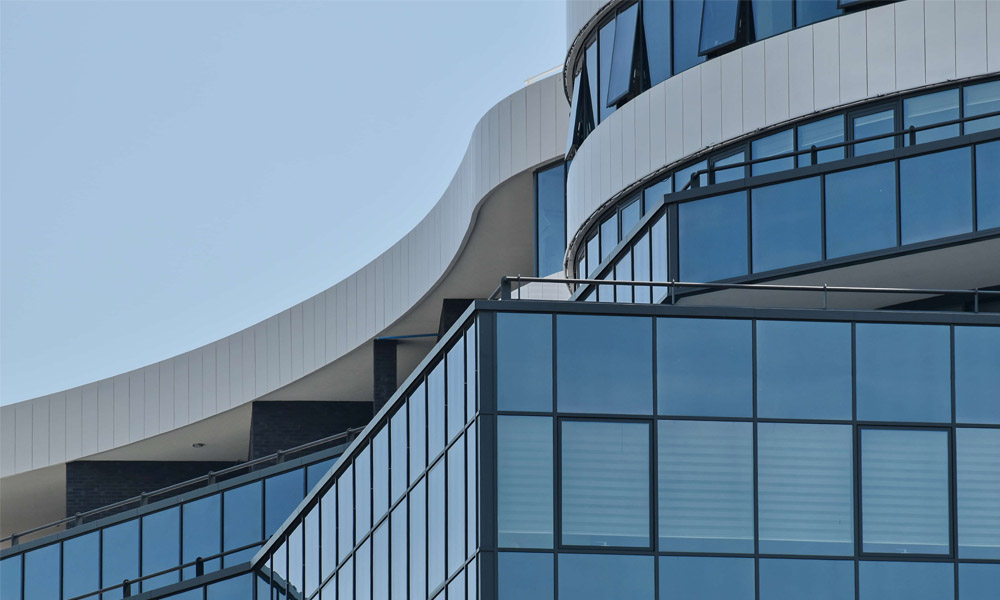

The Versatility and Strength of Heat-Treated Tempered Glass
In the modern architectural and design landscape, materials play a pivotal role in both functionality and aesthetics. Among these materials, heat-treated tempered glass is heralded for its remarkable strength, safety, and versatility. In this article, we will explore what heat-treated tempered glass is, its manufacturing process, unique properties, applications, and the advantages it offers across various industries.
What is Heat-Treated Tempered Glass?
Heat-treated tempered glass, often simply referred to as tempered glass, is a type of safety glass that is processed by controlled thermal treatments. This process increases its strength compared to standard glass. The resultant material can withstand sudden changes in temperature and is less likely to shatter into sharp, dangerous pieces upon breaking.
The Manufacturing Process
The production of heat-treated tempered glass involves several critical steps
1. Cutting and Shaping The glass is initially cut to the desired size and shape before any thermal treatment occurs. This step is crucial because once the glass is tempered, it cannot be reshaped.
2. Cleaning It is then thoroughly cleaned to remove any dust, debris, or oils that could affect the tempering process.
3. Heating The glass is heated in a specialized furnace to temperatures typically between 600 and 650 degrees Celsius (1112 to 1202 degrees Fahrenheit). This heating process alters the internal structure of the glass, making it more robust.
4. Rapid Cooling After reaching the desired temperature, the glass is rapidly cooled through a process known as quenching. This quick temperature drop creates compressive stresses on the surface, significantly enhancing the glass’s strength.
5. Inspection and Quality Control Finally, the tempered glass undergoes rigorous inspection to ensure it meets safety and quality standards before it is ready for distribution.
Unique Properties
Heat-treated tempered glass possesses several unique properties that make it particularly desirable

- Enhanced Strength Due to the thermal process, tempered glass is approximately five times stronger than standard glass of the same thickness.
- Safety Features When broken, tempered glass shatters into small, blunt pieces, significantly reducing the risk of injury compared to traditional glass, which can break into sharp shards.
- Thermal Resistance This type of glass can endure extreme temperatures and abrupt temperature changes, making it ideal for applications exposed to heat, such as shower doors, oven doors, and facades.
- Optical Clarity Tempered glass offers excellent optical clarity, ensuring that aesthetics are not sacrificed for strength and safety.
Applications Across Industries
The versatility of heat-treated tempered glass lends itself to a wide array of applications
1. Architectural Uses In buildings, tempered glass is commonly used in facades, glass walls, and railings, providing safety without compromising design. Its ability to resist thermal stress makes it ideal for large glass panels and windows facing significant temperature variations.
2. Automotive Industry Tempered glass is used in vehicle side and rear windows, where safety and strength are paramount. It withstands high impact stresses and minimizes the risk of serious injury in the event of an accident.
3. Household Items Many household furniture items, like glass tables and shelves, often utilize tempered glass for its durability and aesthetic appeal.
4. Shower Doors In bathrooms, shower enclosures made of tempered glass not only look sleek but are also safe and resistant to temperature fluctuations.
Conclusion
In summary, heat-treated tempered glass represents an incredible blend of strength, safety, and style. Its unique manufacturing process equips it with exceptional properties that have made it a preferred choice in various sectors, from architecture to automotive design. As technology continues to advance and the demand for durable materials grows, heat-treated tempered glass will undoubtedly remain a vital element in innovative design and construction solutions. Its enduring appeal lies in its ability to enhance safety while contributing to the beauty of modern spaces.